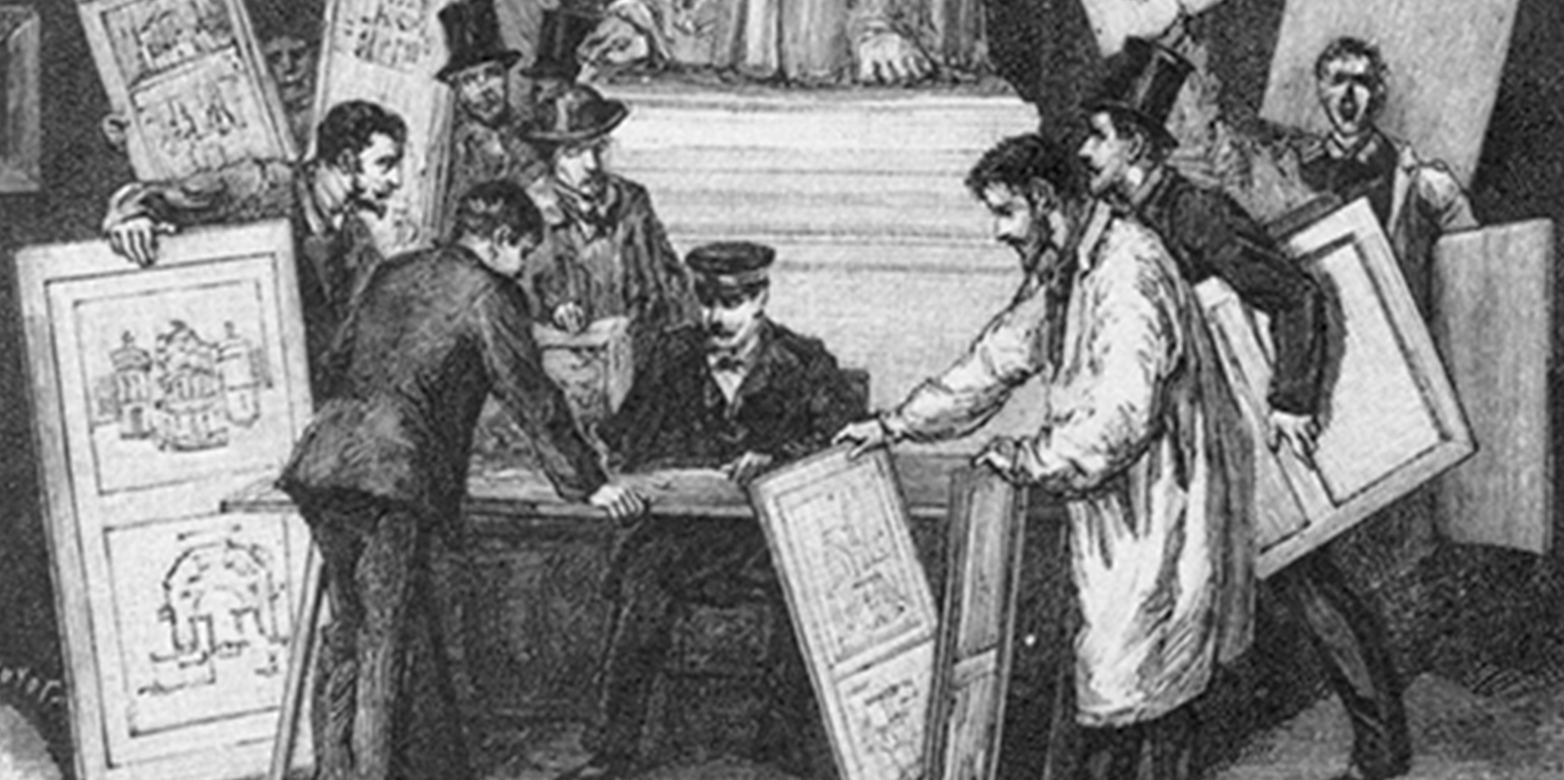Quality Through Design Competitions?

Close look at the impacts of design competitions
In Switzerland we currently observe approximately 250 publicly advertised architectural competitions (including study commissions) per year. And despite the fact that every now and then the outcome of such competitions is controversially discussed – may it be in the trade or the non-trade press – there is a general consent that the architectural competition is a highly suitable planning tool to achieve proposals of solutions that are of high architectural and urban design quality. Yet, the question remains how such proposals of solutions, that is, the winning designs, are transformed into actual (architectural) solutions.
The research project at hand exactly addresses this point by analysing the so-called project phase, which directly follows the architectural competition. The research project bases on the following assumption: While the architectural competition is primarily conducive to architectural as well as urban design aspects of quality, the project phase puts different aspects – as for instance energy efficiency or cost effectiveness – in the centre. This shift, it is presumed, necessarily results in a reformulation of the winning competition entry.
In order to explore such reformulations it is intended:
a) to continue eight existing case studies on architectural competitions concerning housing complexes by collecting and ordering documents regarding the respective project phases
b) to accompany three winning competition entries through project phase, that is, to conduct an ethnographic study on the collaboration between the client and the executing architecture office
c) to develop theoretical tools that allow for better understanding the effects of the quality criteria that come into play throughout the whole building process (i.e., from strategic planning to the realisation and utilisation of a housing complex)
Hence, the aim of the research project at hand is to generate sound and systematic knowledge regarding the “aftermath” of the architectural competition. Such knowledge will (hopefully) not exclusively be presented at scientific conferences and published in scientific journals, but also be of interest for public as well as private awarding authorities and housing developers.
Callon, M. (1986a) Élements pour une sociologie de la traduction: la domestication des coquilles Saint-Jacques et des marins-pêcheurs dans la baie de Saint-Brieuc.L'Année sociologique 36, 169-208.
Chupin, J.P. (2011) Judgement by design: Towards a model for studying and improving the competition process in architecture and urban design. Scandinavian Journal of Management, Vol. 27 No. 1, pp. 173-184.
Farìas, I. and T. Bender (2010) Urban Assemblages. Routledge, London.
Frey, P. and Kolecek, Y. (eds.) Concours d’architecture et d’urbanisme en Suisse romande: histoire et actualité. Payot, Lausanne..
Heath, C. and P. Luff (2000) Technology in Action. Cambridge University Press, Cambridge
Jacobs, J.M., S. Cairns and I. Strebel (2007) ‘A tall storey…but, a fact just the same’: The Red Road highrise as a black box. Urban Studies 43, 609-629.
Kreiner, K. (2010) Architectural Competitions: Empirical Observations and Strategic Implications for Architectural Firms. In Rönn, M., Kazemian, R. and Anderson, J.E. (Eds), The Architectural Competition. Axl Books, Stockholm, pp. 101-126.
Latour, B. and A. Yaneva (2008) Give me a gun and I will make all buildings move: an ANT's view of architecture. In R. Geiser (ed.), Explorations in Architecture: Teaching, Design, Research, Birkhäuser, Basel, 80--89.
Leigh-Star, S. (1999) The ethnography of infrastructure. American Behavioral Scientist 43, 377-391.
Lipstadt, H. (2003) Can ‘art professions’ be Bourdieuean fields of cultural production? The case of the architecture competition. Cultural Studies, Vol. 30 No. 3/4, 390-419.
Luff, P., J. Hindmarsh and C. Heath (eds.) (2000) Workplace Studies: Recovering Work Practice and Informing System Design. Cambridge University Press, Cambridge.
Nasar, J. (1999) Design by Competition: Making Design Competition Work. Cambridge University Press, Cambridge.
Schön, D.A. (1983) The reflective practitioner: How professionals think in action. Temple Smith, London.
Söderström, O. (1996) Sélectionner et projeter. EspaceTemps 62-63, 104-113.
Sorkin, M. (2005) Democracy Degree Zero. In Österreichische Gesellschaft für Architektur (Ed.), Wettbewerb! Competition!, ÖGFA, Wien.
Strebel, I., J. Silberberger and D. Raschpichler (2012) IT-Konzept zum KTI-Projekt 11834.1 PFES-ES "Wissenssystem Wettbewerb". ETH Wohnforum – ETH CASE, Zürich, 65.
Strebel, I. and J.M. Jacobs (in press) Houses of experiment: modern housing and the will to laboratorization. International Journal of Urban and Regional Research.
Strong, J. (1996) Winning by design: architectural competitions. Butterworth Architecture, Oxford.
Van Wezemael, J. (2011) Research on architectural competitions: Towards a theory of jury-based decision-making. Scandinavian Journal of Management 27, 157-159.
Volker, L. (2010) Deciding about design quality. Sidestone Press, Leiden.
Yaneva, A. (2009) The Making of a Building: A Pragmatist Approach to Architecture. Peter Lang, Bern.
2013 to 2016